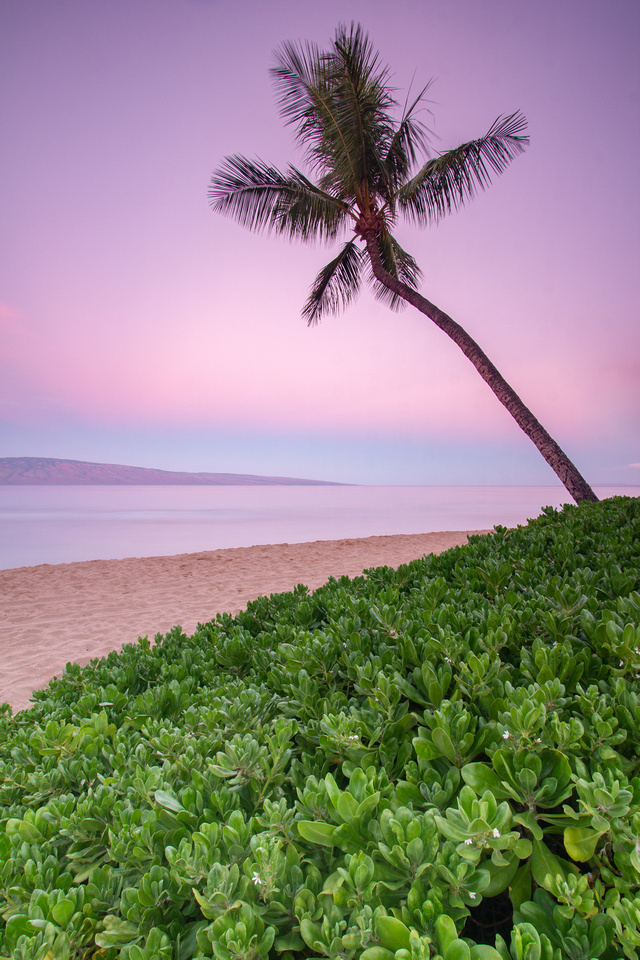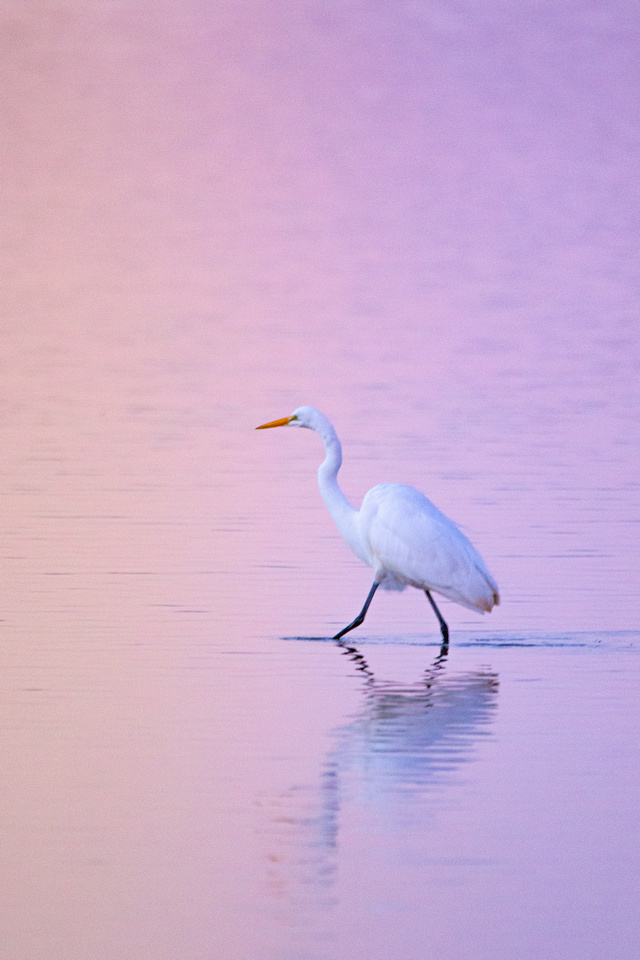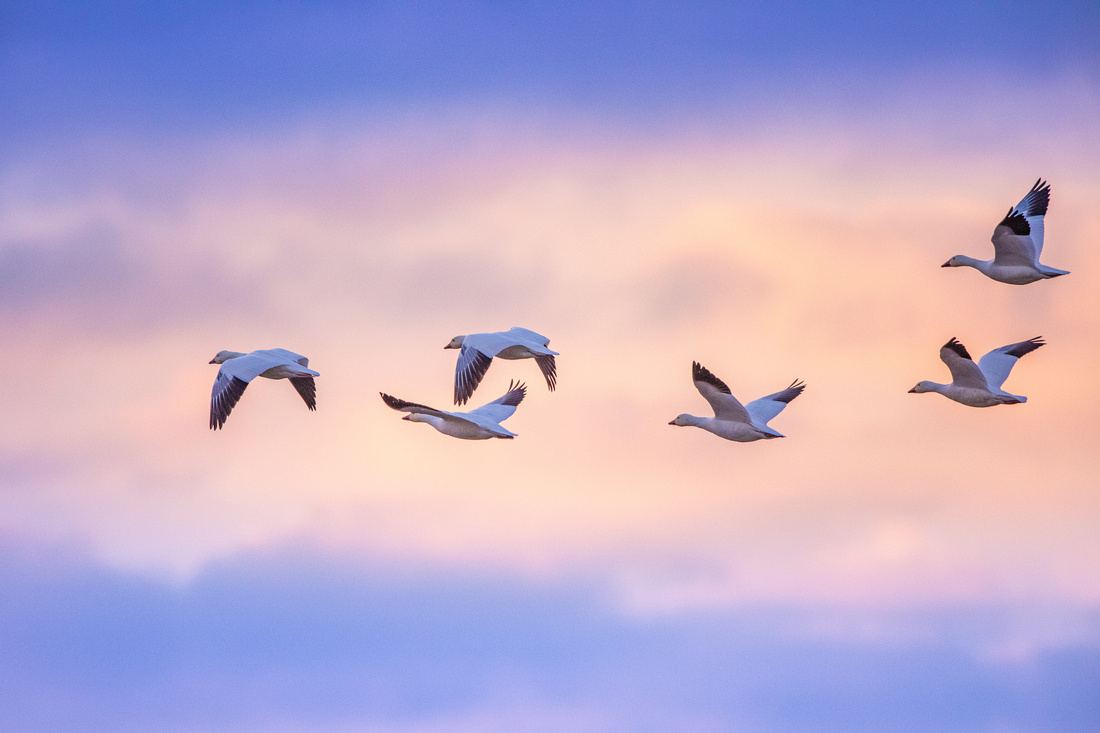The power of pastels
Color Palettes: The Power of Pastels
Text and photos by Heather Cline
Introduction
What are pastels? Pastels are diluted versions of the primary and secondary colors. They are characterized by the original color combined with white that creates a soft look that is soothing and easier on the eyes.
It is because of this that pastel colors are becoming more and more popular – even in nature and wildlife photography. When used well, the combination of several pastel colors can be fantastic and this article will explain the why, what, and how to accomplish the look along with visual examples (this is a photography blog after all.)
Why
Pastel hues have a calming effect and are used widely in marketing. They are less saturated than primary colors giving them a light, soft, and calming effect. Different sequences of pastel colors that go well together are used in home decor, fashion, photography, and branding.
Psychologically, pastels are a strongly positive color group. They represent a dramatic break with the dark and moody colors often favored in wintertime This has long given pastels a strong affiliation with the spring and summer months. Pastels are also associated with cleanliness and freshness.
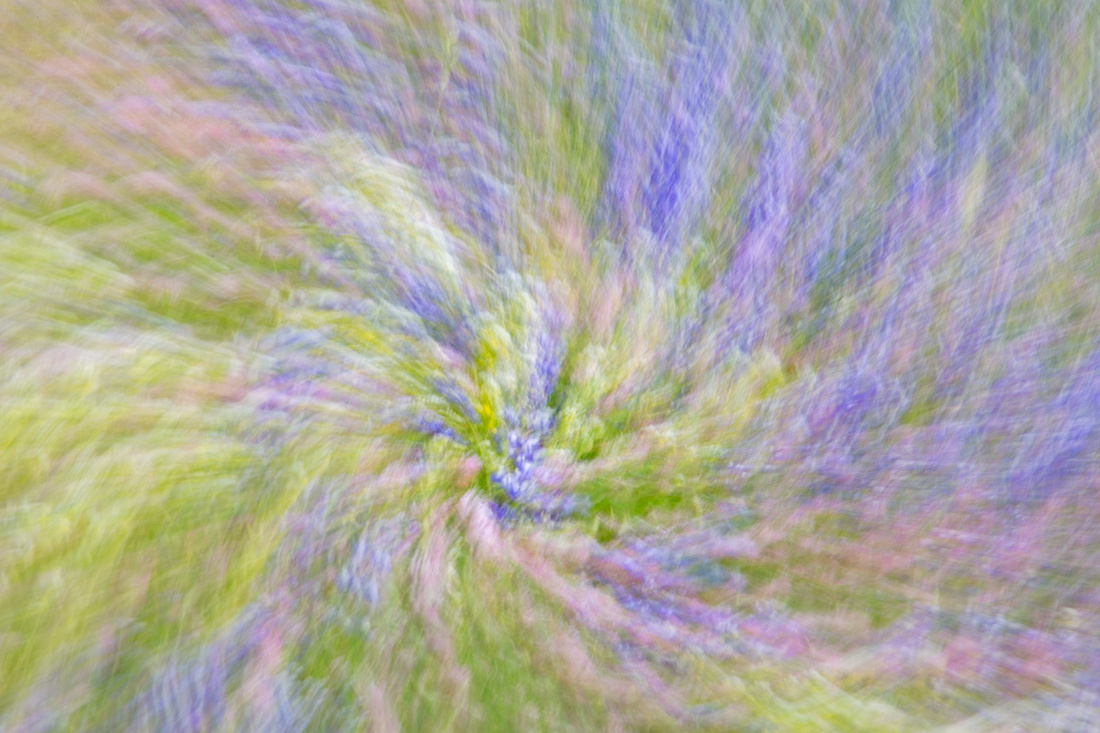  Wildflowers abstract
Wildflowers abstract |
What
The most popular collection of pastels are millennial pink, baby blue, whimsy yellow, peach, lavender, mauve, and mint green.
Blue: popular with spring and summer. Pairs well with its complimentary color of peach because the cool and warm tones play off of each other  Cape Kiwanda, approaching storm at sunrise
Cape Kiwanda, approaching storm at sunrise |
Pink: a romantic color that is often used in florals and pairs well with blue and green alike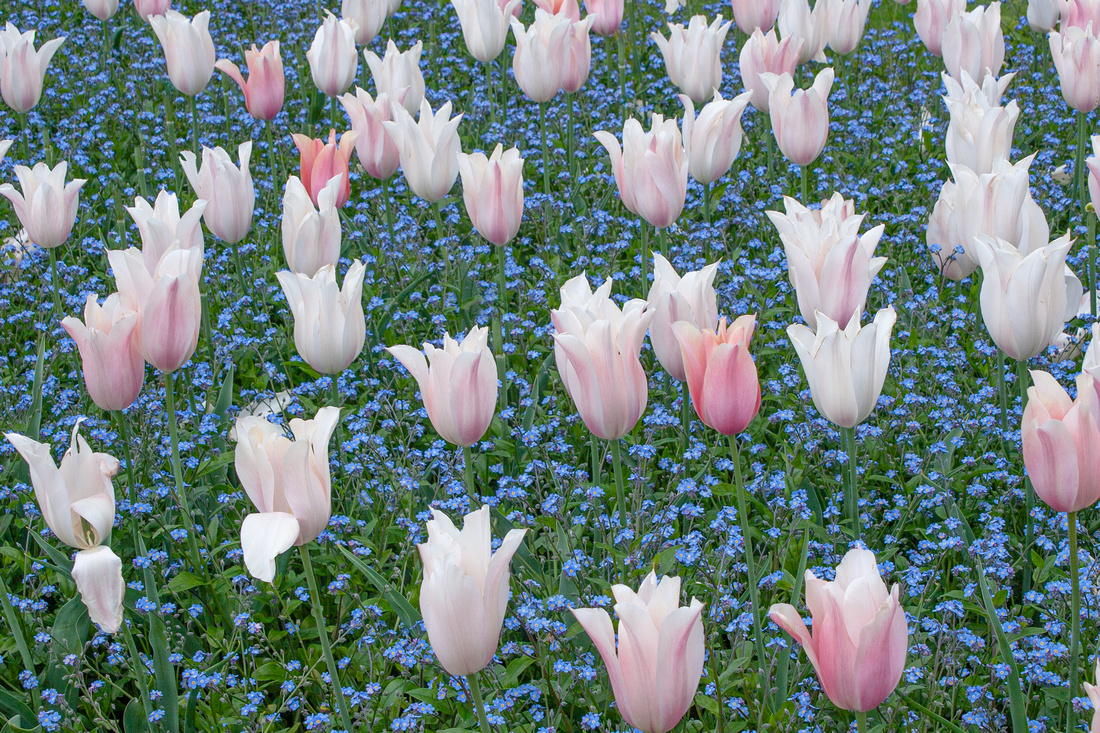  Tulips
Tulips |
Mint: reads refreshing and pairs well with mauve tones, or on it's own as a monochromatic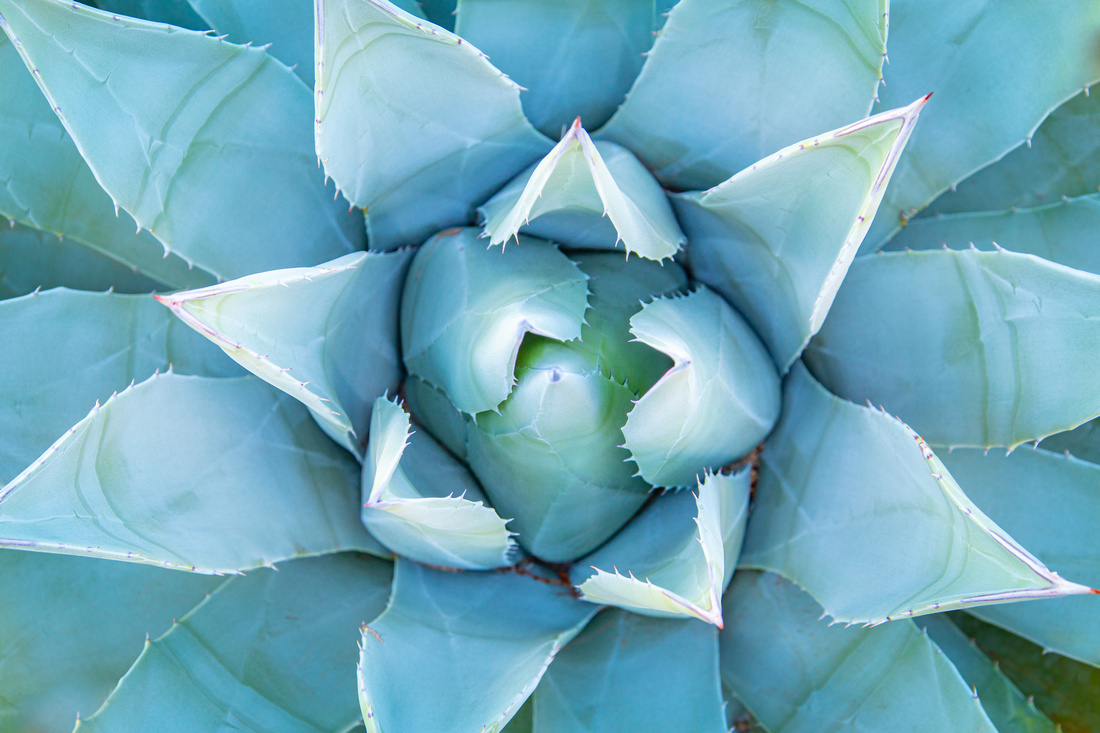  Agave plant
Agave plant |
Peach: a favorite that conveys warmth and friendship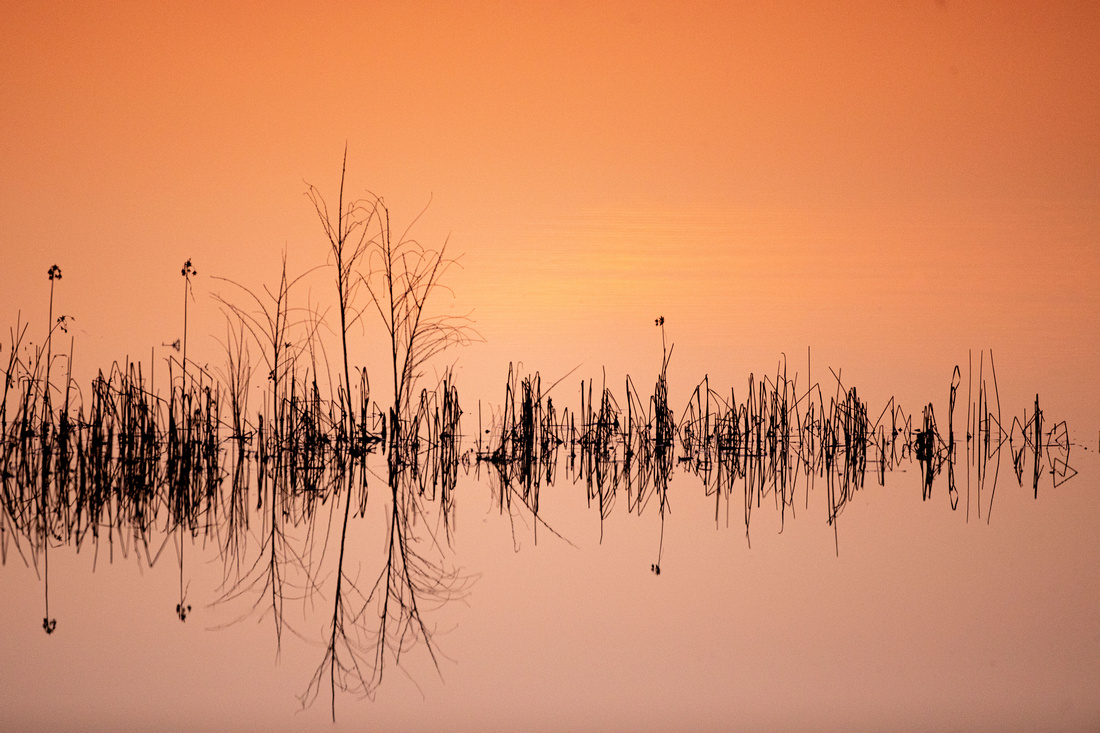  Reflections before sunrise
Reflections before sunrise |
Purple: a powerful hue that works well in landscapes and pairs well with complimentary and tertiary colors  Kaanapali Beach at sunset
Kaanapali Beach at sunset |
Yellow: works well as an accent color and pairs well with neutrals like gray as well as complimentary and tertiary colors  Wildflowers on hillside
Wildflowers on hillside |
How
It should come as no surprise that the best time to photograph to capture pastel colors is in soft and diffused light.
- Direct sunlight may be too harsh to achieve a pastel color tone, so look for diffused light or light bounced off another surface. At sunrise or sunset, this can occur when the sun is behind thin clouds. The light will pass through with a soften affect. Sunlight bouncing off rock faces can also help create a warm and diffused look.
- Cloudy or overcast days are also good options for photographing pastel subjects. The lack of harsh shadows allow the pastel colors to shine.
You can even pump up the pastel effect in post process. This is a great time to play with images to see which ones benefit the most from a pop of pastel.
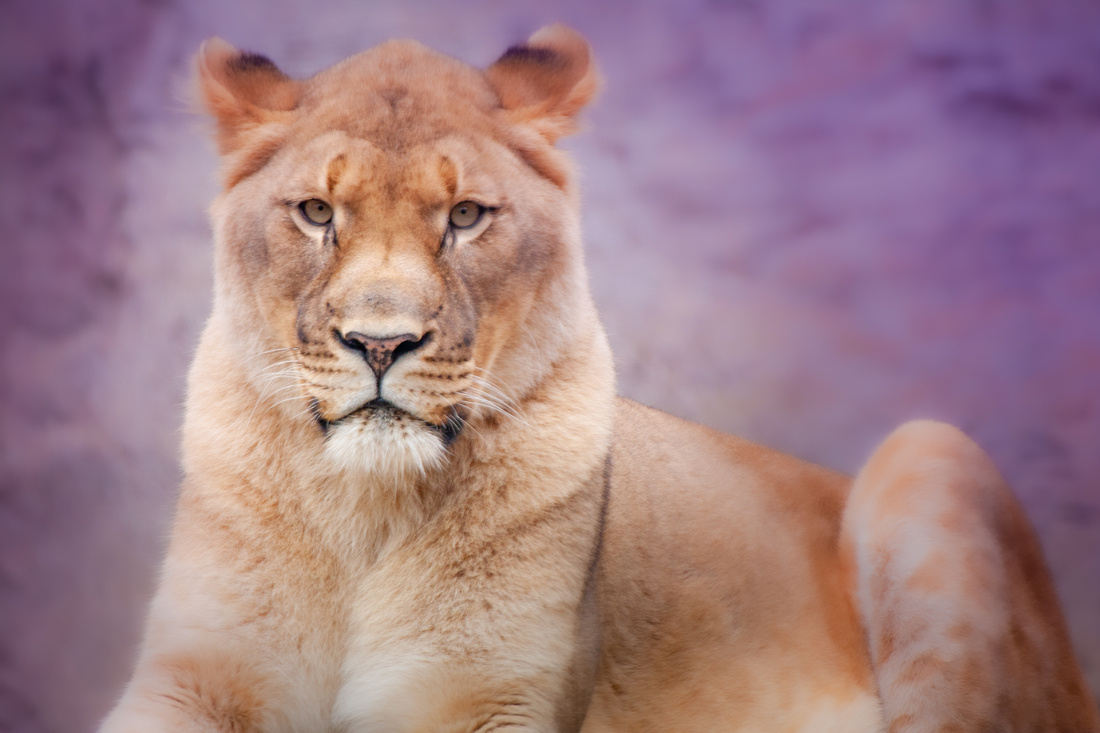 
The natural peach tone of this lioness's fur worked well with a purple toned background |
I hope you enjoyed this focus on the power of pastels. If you would like to see more from my pastel gallery, please check it out here.

